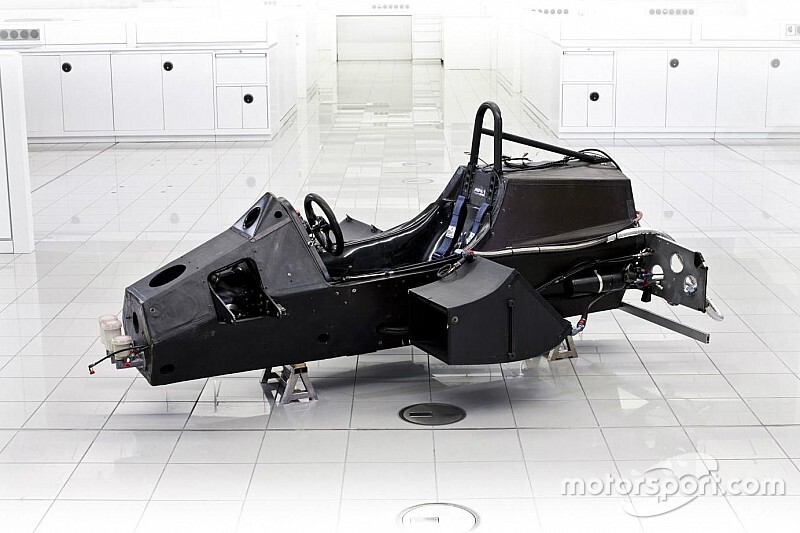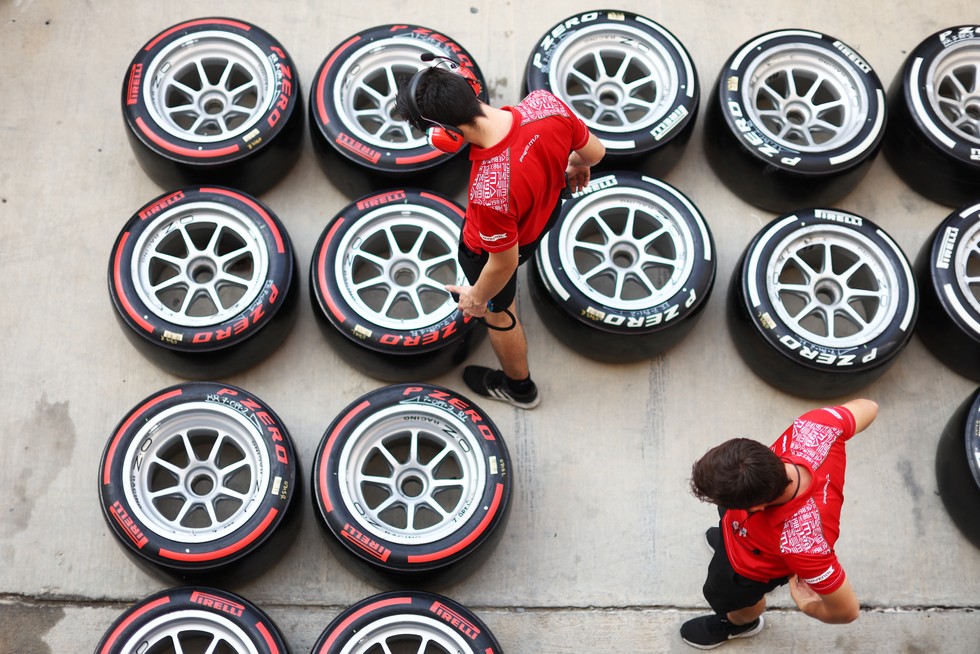Safety Features

Modern Formula 1 cars are engineered with an array of cutting-edge safety features designed to protect drivers in the event of accidents. These include a carbon fiber monocoque chassis, which serves as a protective shell around the driver, absorbing and dissipating impact forces. The HANS device, or Head and Neck Support, restrains the driver's head during deceleration, reducing the risk of head and neck injuries. Moreover, F1 cars are equipped with the Halo, a semi-circular titanium structure that shields the driver's head from potential debris or collisions. Additionally, they are fitted with six-point harness seatbelts and robust crash structures to enhance occupant protection in the event of a crash. Together, these advancements in safety technology have played a pivotal role in minimizing the risk and severity of injuries in the high-speed world of Formula 1 racing.

Tyre Regulations

In Formula 1, tyre selection and regulations are crucial to a team's strategy and the overall performance of the car. There are three primary tyre compounds used: soft, medium, and hard. These compounds differ in terms of their grip, wear, and durability, providing teams with strategic choices. Regulations mandate that each driver must use at least two different compounds during a race unless wet conditions prevail. Additionally, tyre management is a critical aspect of F1 racing. Drivers must carefully manage their tyres to maintain grip and performance over the race distance, often necessitating pit stops to change tyres. The delicate balance between tyre selection and management is a key element in achieving success in the sport.

Performance Regulations

In Formula 1, development regulations govern how teams can modify and improve their cars during a racing season to maintain fairness and competition. The Concorde Agreement establishes the framework for these rules. Teams are allowed to make incremental improvements to their cars throughout the season but are restricted by the concept of homologation, which means that certain components must remain unchanged. Furthermore, there are strict testing limits in place to prevent excessive testing and cost escalation. The aim of these regulations is to ensure that teams compete on a level playing field and to prevent one team from gaining an overwhelming advantage due to extensive mid-season developments.
